Royal Gwaeneung Tomb
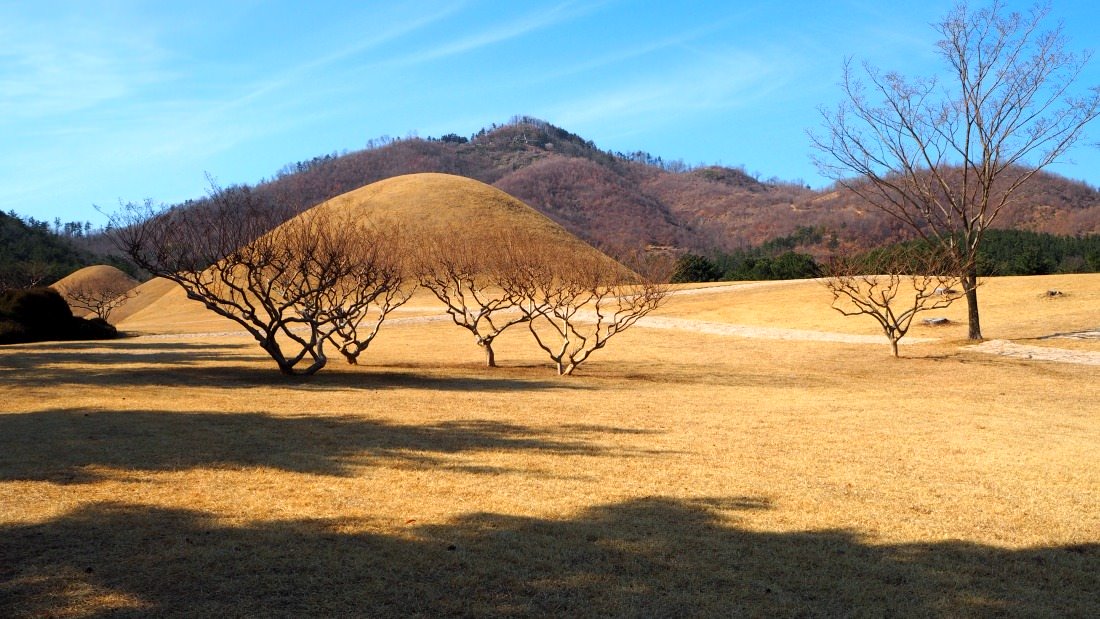 Some of the mounds located within the tomb of King Muyeol in Gyeongju City. They are believed to be his close relatives' graves
Some of the mounds located within the tomb of King Muyeol in Gyeongju City. They are believed to be his close relatives' gravesGwaeneung Tomb Site
Gwaeneung Tomb in Gyeongju City is a representative of a sophisticated tomb of dead monarchs. In Korean culture, putting a value on the worship of ancestors is unique and substantial.
The burial places are places to hold regular rituals to represent the continuity of the lineage and pray for the prosperity of the nation. The burial areas consist of a park with lots of structures for the keepers, ritual vessels, and cooking areas.
The royal burial places of the Joseon period were inscribed on the UNESCO World Heritage list in 2009. The tomb of the King Wonseong, 38th king of the Silla Kingdom (785-798) in Oedong-eup, Wolseong-gun, Gyeongju is Historic Site No. 26. The monument is 21.9 m in size and 7.7 m high and is encircled by a stone fence decorated with twelve oriental zodiac images.
Gwaeneung Burial Place in Gyeongju City is a representative of a sophisticated burial place of dead emperors.
The tomb is 21.9 m in size and 7.7 m high and is encircled by a stone fence embellished with twelve Asian zodiac symbols.
The best example of the late Silla design of a tomb-- the one that was to become the design for those of the royal household later on-- can be discovered in the Gwaeneung Burial Place in Gyeongju.
The burial places of the members of the 2 orders of nobility (yangban) shared a similar structure with those burial places of the royal family.
Joseon Royal Tombs
The royal burial places provide a structure that has stayed the same, given that the start of the Joseon Dynasty.
On the slope, there are 3 stone terrace levels: first, on each side of the central alley is a stone statue of a soldier, called "mugwanseok," and representing the military class of the upper class (yangban class).
On the next level are the two statues of literati or scholars called "mungwanseok" (or muninseok) representing the other class of the upper class. Behind these four statues, or often on the next level, when can see horse statues called "seokma."
In the center of the alley, in between the statues and behind it, is a stone table used for ritual offerings. At the same depth as the table, one can see two stone posts indicating the threshold of the grave itself.
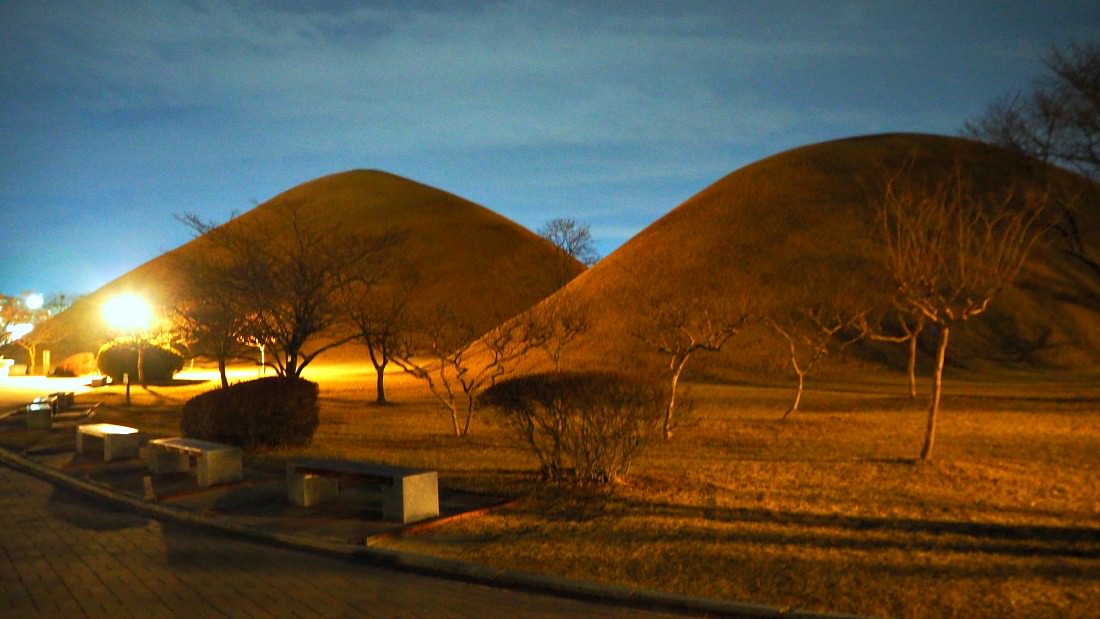 Gyeongju being the capital of Silla Kingdom abounds with royal tombs and artifacts making the city the second most popular cities in South Korea (Abbie)
Gyeongju being the capital of Silla Kingdom abounds with royal tombs and artifacts making the city the second most popular cities in South Korea (Abbie)The grave is composed of a little earth tumulus in the center, covered with a short yard, and surrounded by a brief wall made of 12 granite panels.
Throughout the Silla Kingdom, these panels could be etched with the zodiac signs.
In addition to the stone wall, which signified the sun and the sky, the tumulus is also surrounded by a stone fence.
Two stone rams (seokyang) and two stone tigers (seokho) safeguard the burial place versus fiends and are surrounded by a three-paneled stone wall.
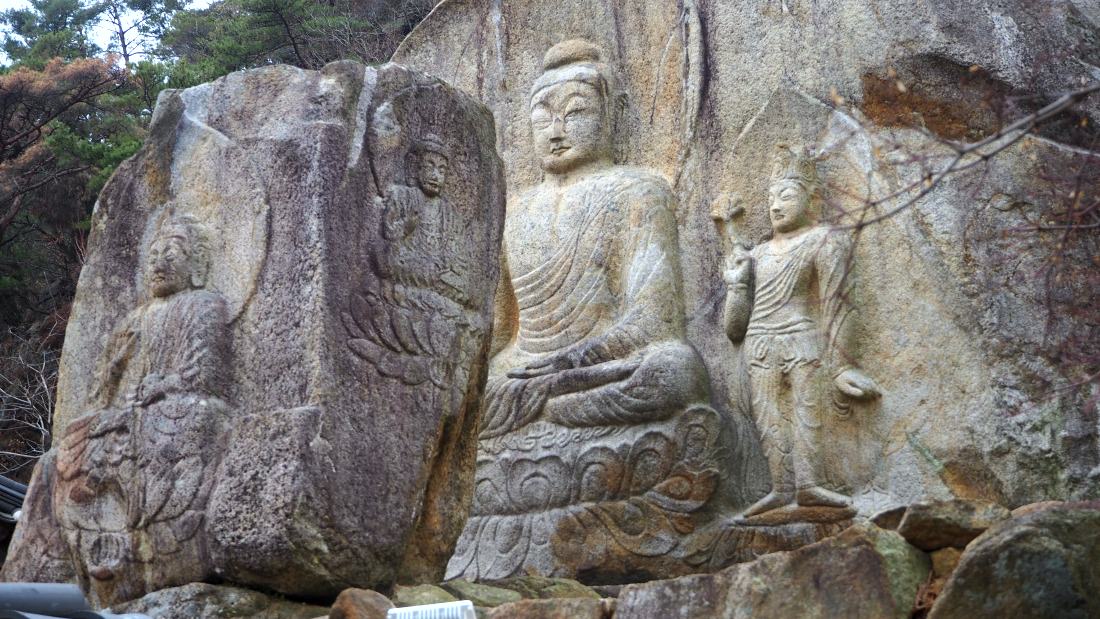 The Chilbulam is a sculpture that depicts 7 Buddhas and Bodhisattvas carved on solid granite stones in Gyeongju City's Namsam Mountain (photo: Abbie)
The Chilbulam is a sculpture that depicts 7 Buddhas and Bodhisattvas carved on solid granite stones in Gyeongju City's Namsam Mountain (photo: Abbie)Silla and Goryeo Eras
Prior to Joseon, during Goryeo times, the funeral styles were remarkably similar to those of the Unified Silla Period.
The stone statues of "muinseok" (soldiers), were not yet present; only the scholar one could be found. Considering that the capital of Goryeo was located in present-day North Korea, this style is more challenging to observe. Still, there are a couple of tombs on Ganghwado Island where the court took refuge for practically a century.
The Joseon burial place style dates back to the Silla kingdom, and specifically the Unified Silla. They consisted of a tumulus, the 12-stone paneled wall, and the main street causing the grave with the statues on each side.
The best example of the late Silla style of a tomb-- the one that was to end up being the design for those of the royal household later on-- can be found in the Gwaeneung Burial Place in Gyeongju.
This tomb has both a wall that is etched with the zodiac signs and a series of large stone statues, amongst which are bearded and curly-haired soldiers who a believed to be mercenaries originating from the Middle East.
The mungwanseok statue represents a scholar dressed in the standard style inherited from China. He wears a hat called a "bokdu", a Chinese coat, the central belt suggesting his rank, and in his hands, he holds a tablet called 'hol' that was made in different products depending upon the rank and which signified the monarchic orders.
The burial places of the members of the two orders of nobility (yangban) shared a similar structure with those burial places of the royal family. They didn't have any ritual structure, nevertheless, and there were neither stone tigers nor rams nor horses, and the human statues were limited to two literati or soldiers.
I hope these descriptions are easy to understand. Even better, you may visit Gwaeneung Burial place or comparable locations to understand what I've been trying to explain fully.
Useful Information
Phone: Gyeongju City Hall +82-54-779-6105
Homepage: guide.gyeongju.go.kr (Korean, English, Japanese, Chinese) www.cha.go.kr (Korean, English, Japanese, Chinese)
Parking facilities : Available
Business Hours: 09:00-17:00
Admission Fees: Free
Parking Fees: Free
Location: 139, Singyeipsil-gil, Oedong-eup, Gyeongju-si, Gyeongsangbuk-do
Yes, it should be interesting to explore and see those stone carvings around the Gwaeneung tomb.
I attest that Gyeongju is one of the best places to visit and explore in South Korea. Don't miss this area, specially Gwaeneung tomb, if you want to learn more about the significance of royal burial culture and its influence on the present burial style in the country.
Thank you for visiting Gwaeneung Tomb page. I hope you have memorable travels in your life. Traveling is not only enjoyable and having a vacation. It also entails learning more about the world through personal experience and contact with culture and people.
See you again soon!
Return to Korea Royal Tombs from Gwaeneung Tomb
Return to Koreattrack Home from Gwaeneung Tomb
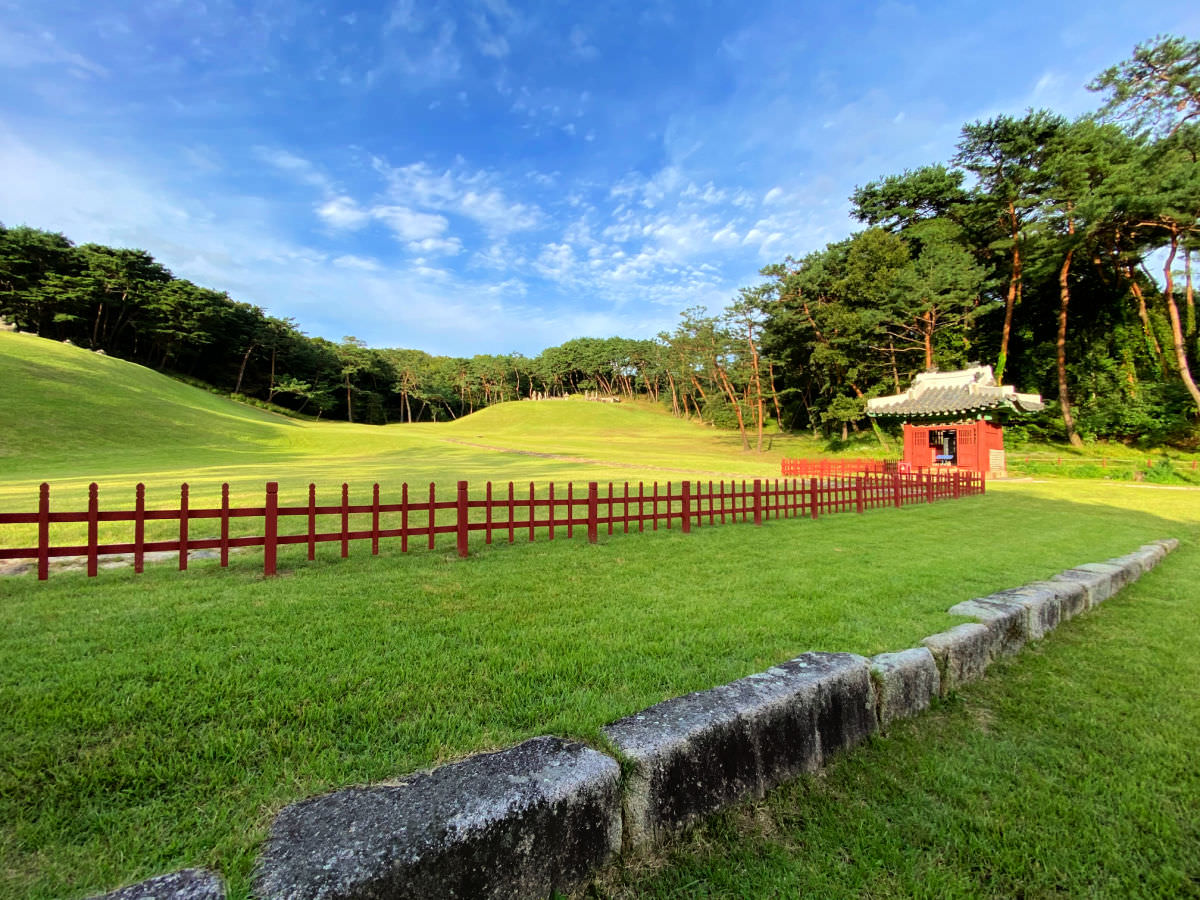
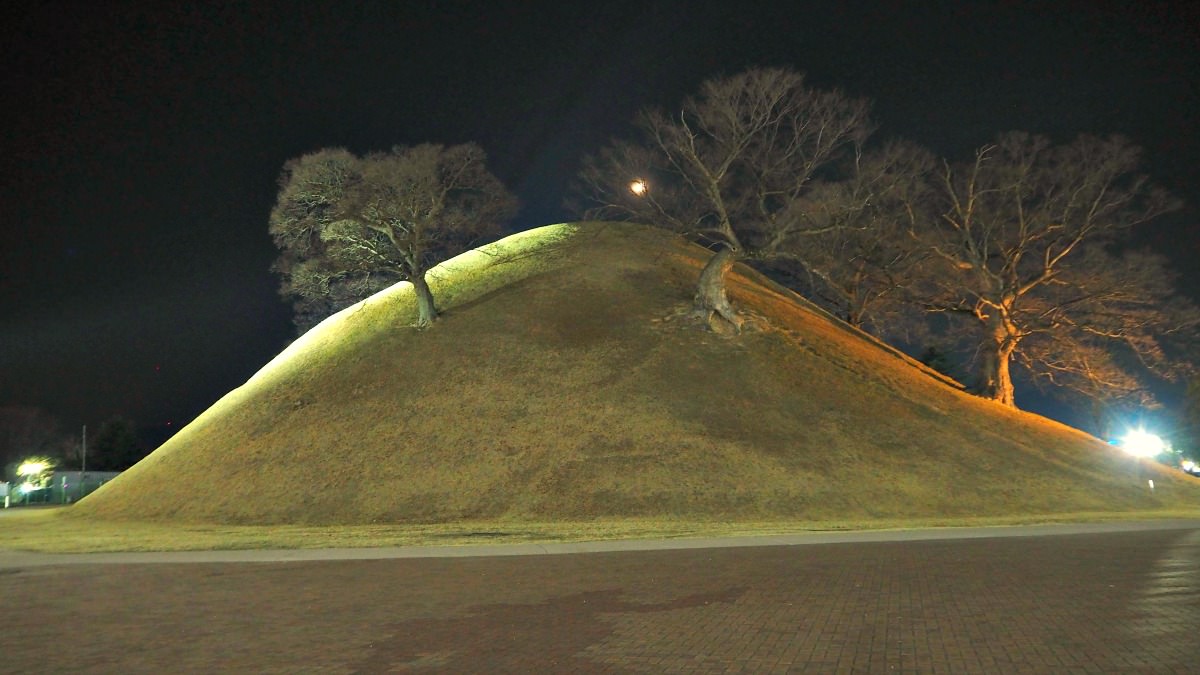
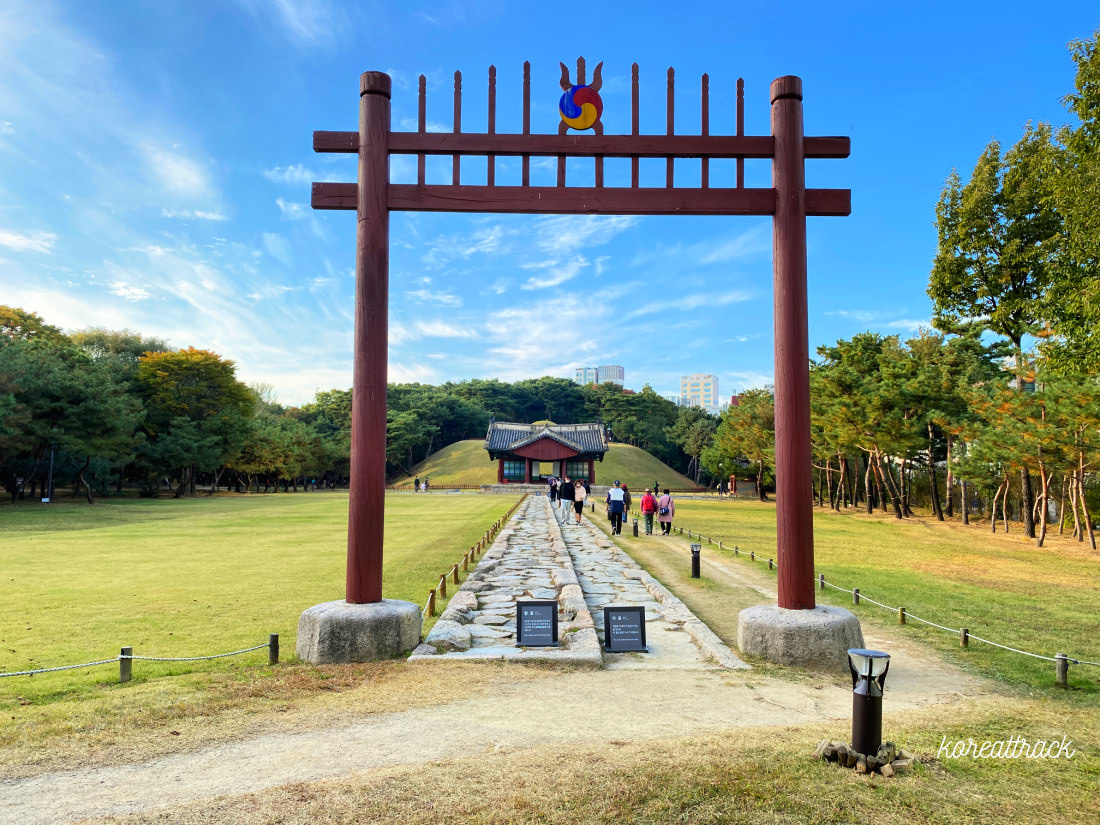
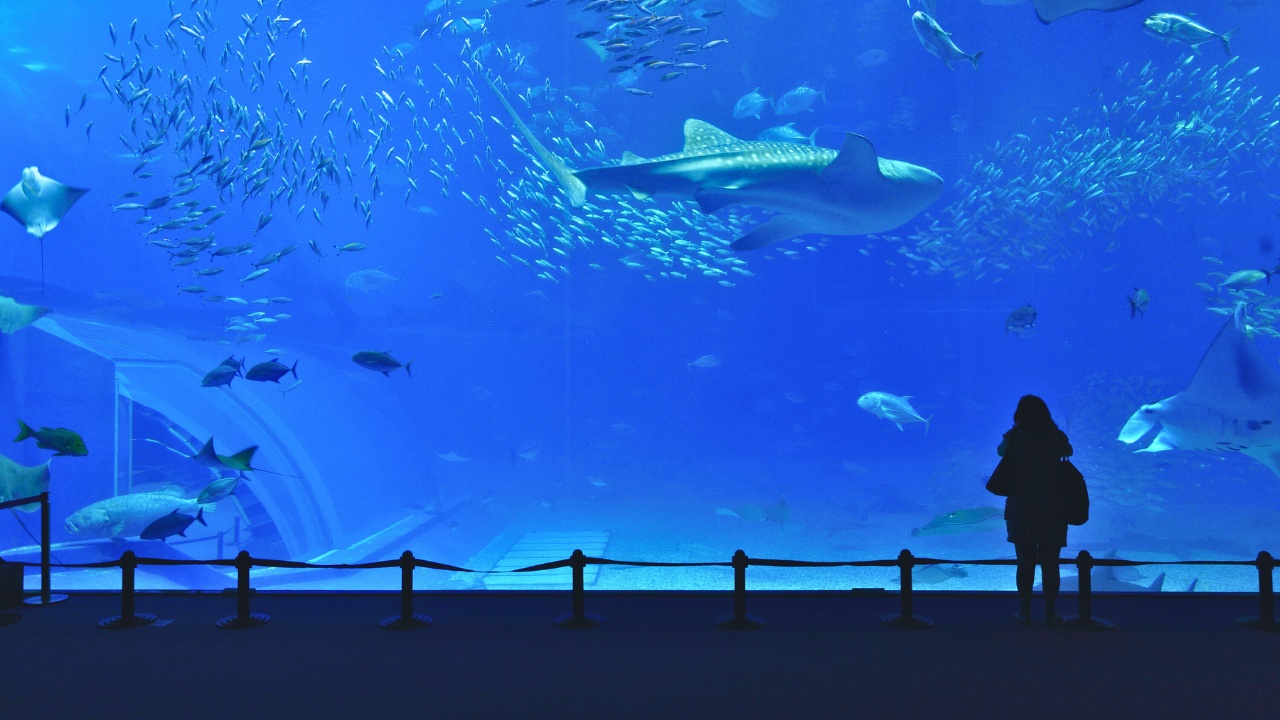
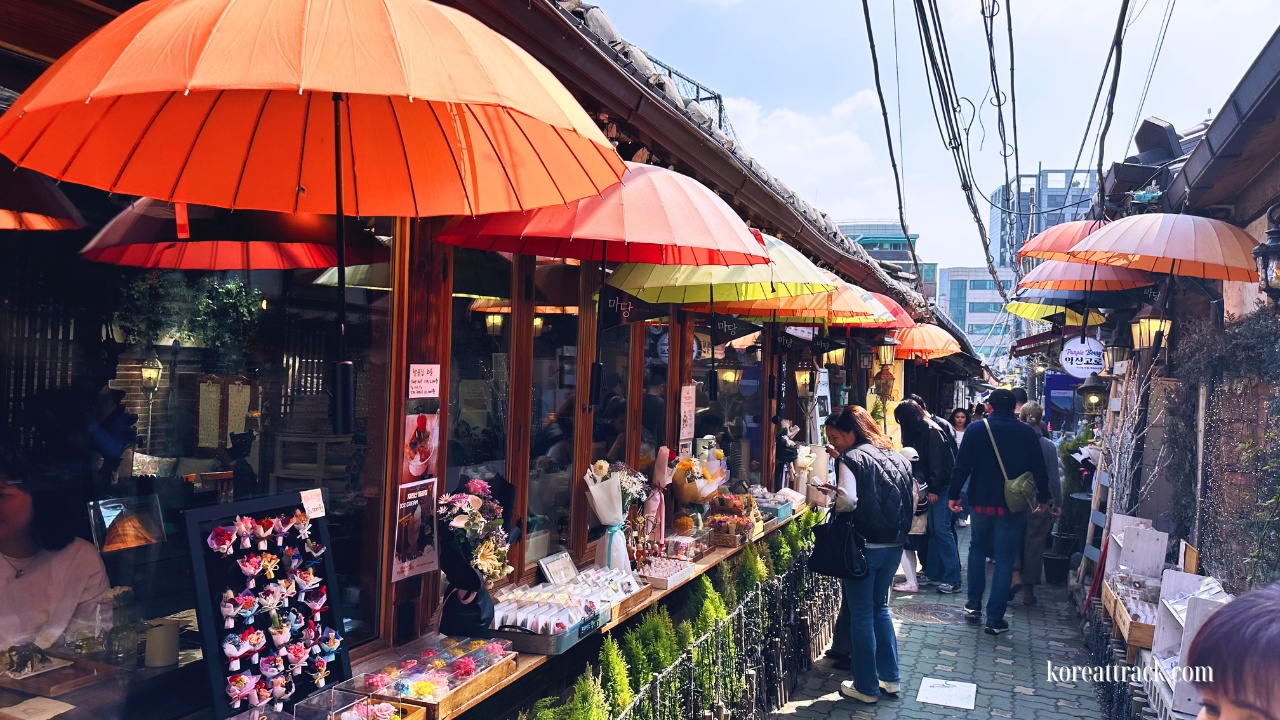
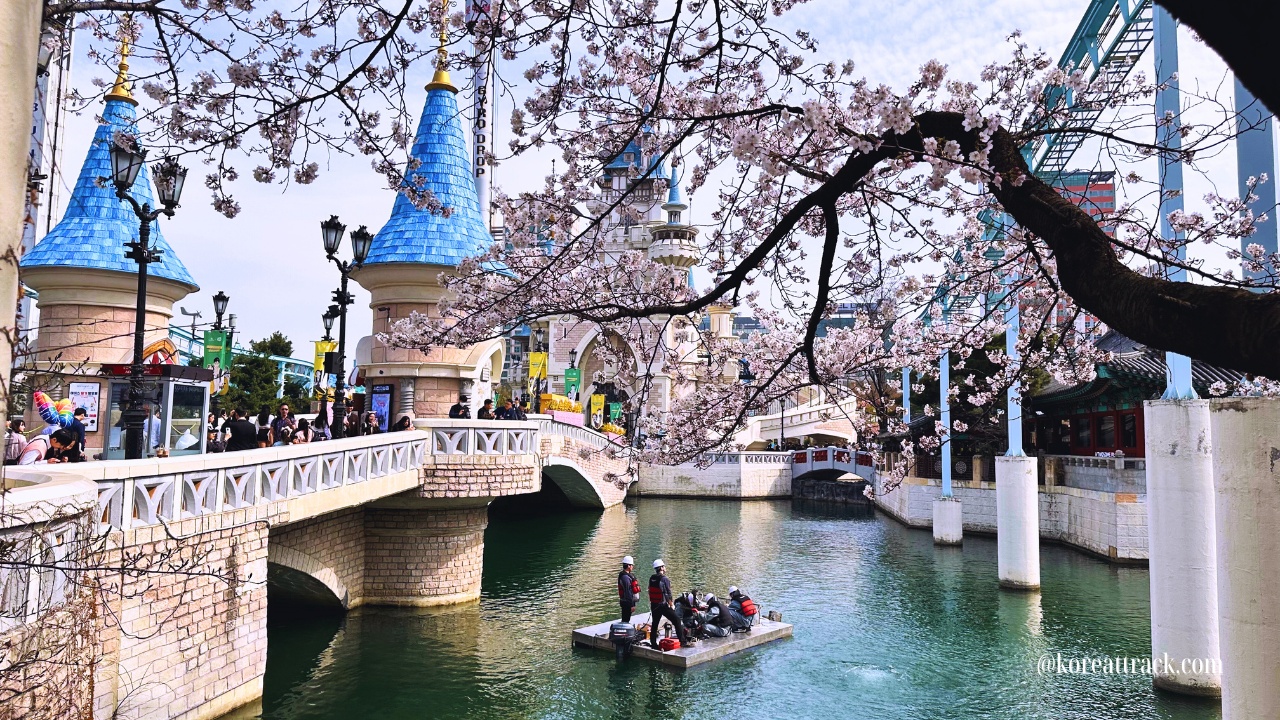

New! Comments
What do you think about this page? Leave me a comment in the box below.